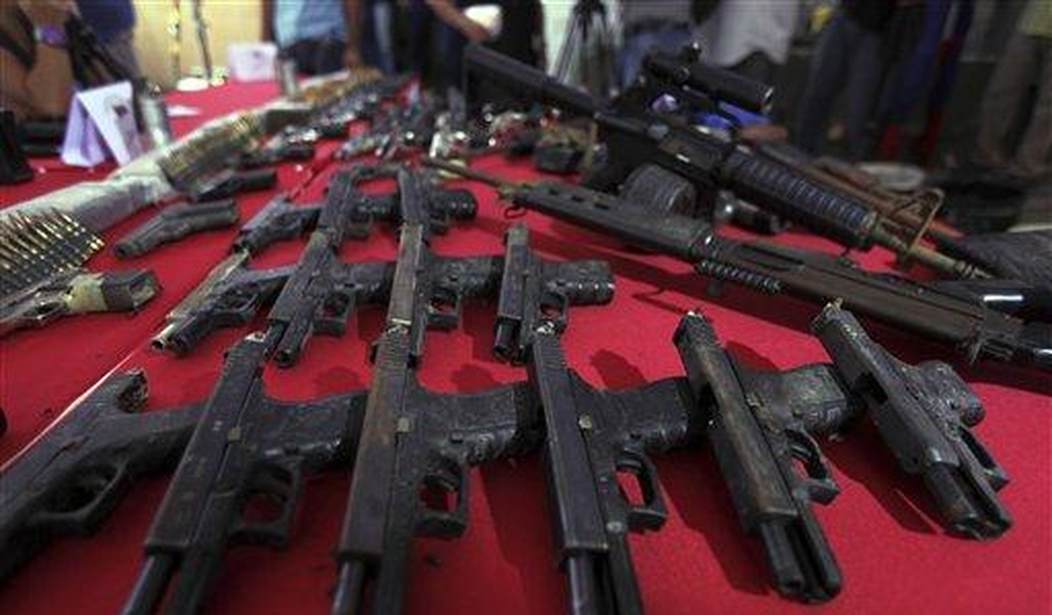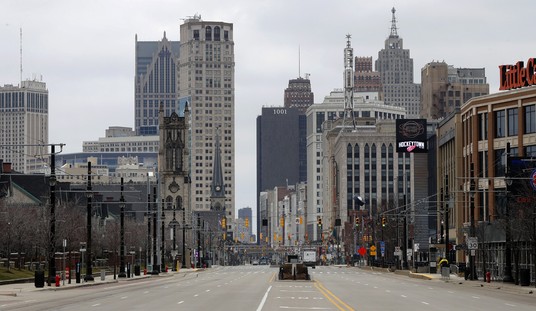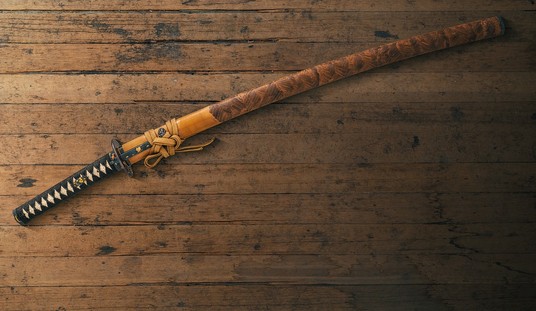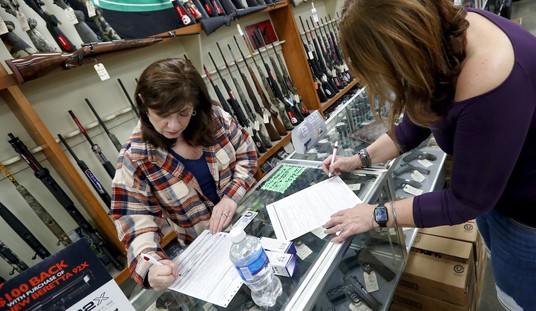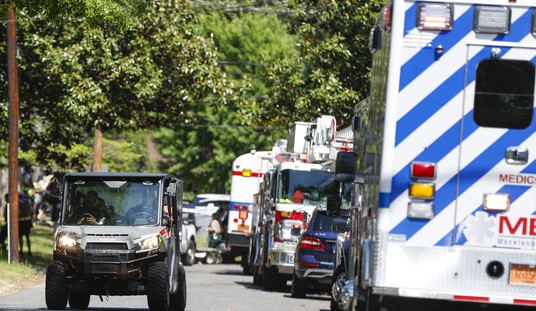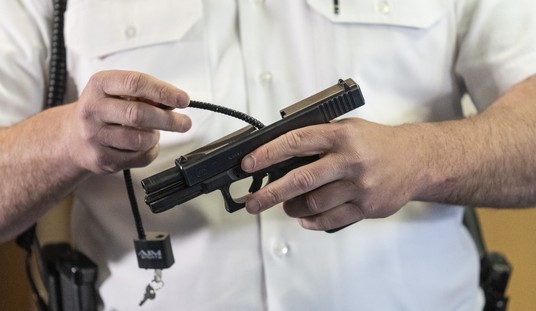The city of Chicago has been one of the nation’s most violent cities for a while now. When people started calling it Chiraq, you knew it had to be bad, and unfortunately, not much seems to be helping.
While Mayor Lori Lightfoot continues to try and blame every single state not named Illinois for their issues–never mind that those other states don’t have but a fraction of Chicago’s violent crime–the violence as continued.
Now, some are talking about taking steps that might actually accomplish something.
Over the July 4 weekend, more than 100 people in Chicago were shot and 20 were killed. In the wake of this horrific surge in gun violence, some blamed the courts, while others blamed police. Still others pointed to a variety of other causes: the pandemic, the economy, civil unrest, easy access to guns, and a demoralized police profession.
As funders of both violence prevention programs and policing reform strategies, we believe everyone in this effort should first look in the mirror and ask themselves what more they can do to reduce gun violence.
We got into this work in a big way in 2016 as Chicago was experiencing a 50 percent jump in gun violence, which some attributed to the release of the Laquan McDonald video in November 2015 showing the troubled teen murdered by a Chicago police officer. Since then, private funders have invested more than $200 million in Chicago to support community-based approaches to violence reduction as well as strategies to increase police legitimacy and other efforts to improve public safety.
Research from both the University of Chicago and Northwestern University shows violence prevention programs are promising, but we are not nearly at scale. We have watched with dismay as gun violence levels went from a high in 2016, to steady declines through 2019, only to bounce back up in 2020 and 2021.
Today, gun violence is not only costing lives and traumatizing whole neighborhoods but undermining the entire city. By some estimates, the annual direct and indirect costs of gun violence is in the neighborhood of $7 billion to $8 billion. The human cost is incalculable.
So, the question is, what more can each of us do? The funder community can and will continue to raise private dollars to both reform policing and fund violence-prevention organizations that are combing through our neighborhoods, engaging with young people at risk, and negotiating peace agreements and helping individuals heal. Thanks to their efforts, thousands of young men have put down guns and are now rebuilding their lives.
Not mentioned in the column? Gun control.
See, while gun control is often touted as some kind of answer to violent crime, it’s really not. Criminals will continue to get guns no matter what you do. What gun control does, though, is make it harder for the average citizen to get a firearm to protect themselves.
What these programs may do–and that’s not a slam dunk, by any means–is an attempt to sort of short circuit the route someone would take from regular kid to violent felon. If you can interrupt that pathway, you can completely change the landscape of that person’s life. Do it enough and you end up with much, much less violent crime.
Unfortunately, you’ll never eliminate it. Some people are always going to do down that path no matter what you do. The trick is to minimize that number.
Frankly, I’m heartened to see some in Chicago talking about this kind of thing rather than just screeching about how the city needs more gun control. This is productive. More than that, though, this is something that we can probably find common ground on. That means we can make something like this happen with far less controversy than gun control.
So, of course, that means certain parties will hate it because it won’t solve their real issue, which is the private ownership of guns.
That just makes me want to support stuff like this that much more.

